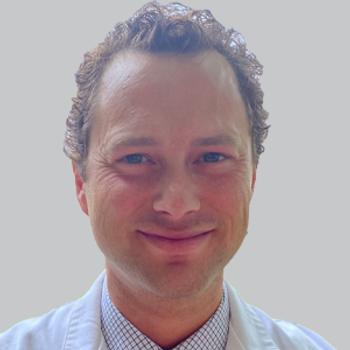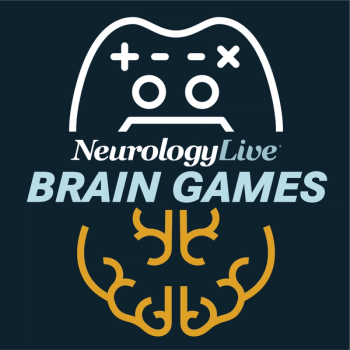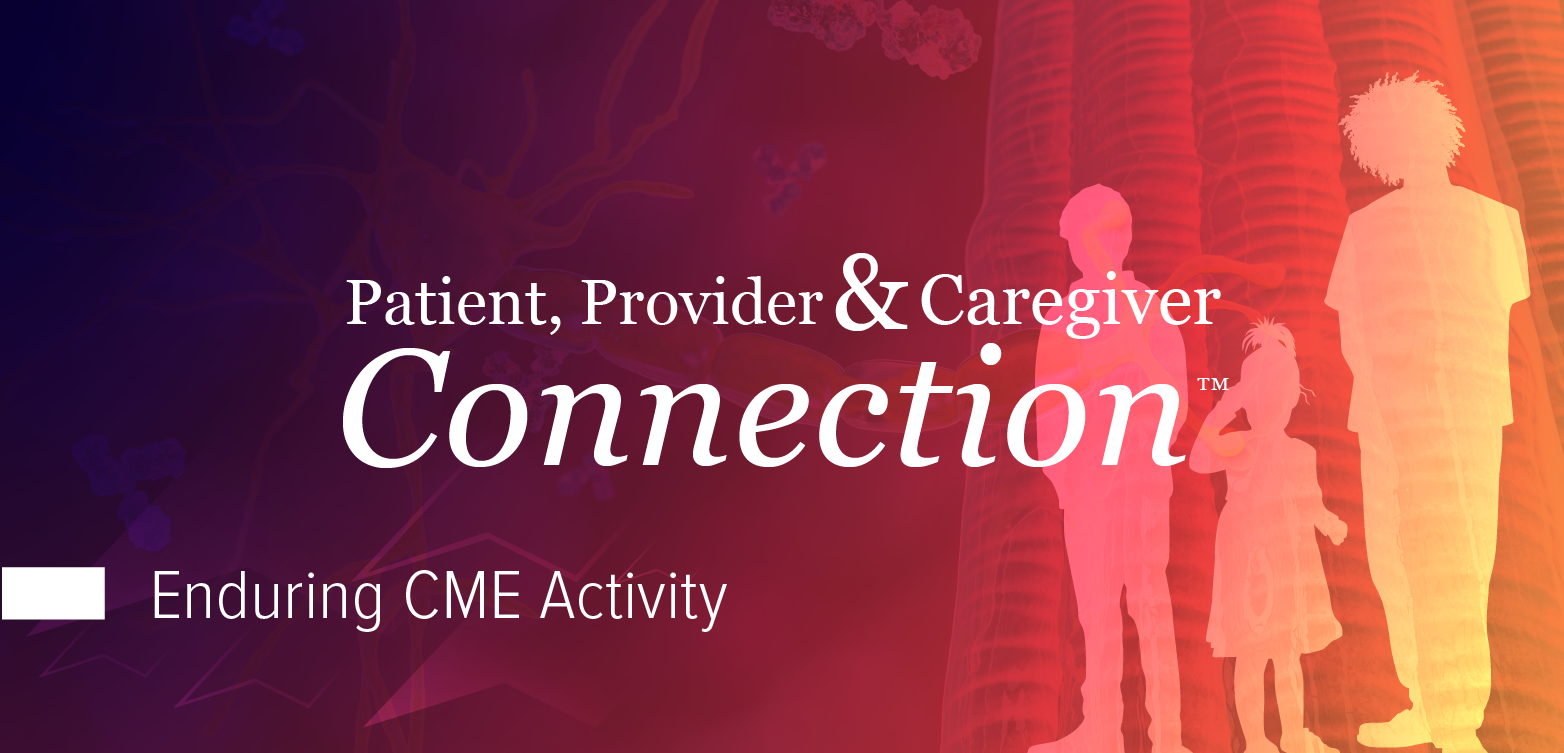
Promoting Empathy, Exercise, and Effective Communication in Parkinson Disease Care
Daniel Irizarry, MD, a former physician and patient living with PD, discussed how hands-on simulation training could enhance clinician empathy and improve treatment strategies.
In clinical care, empathy may involve the skills of understanding a patient’s circumstances, thoughts, and feelings; confirming that understanding with the patient; and responding in a way that is both appropriate and supportive. This skill set could offer significant benefits, including building trust, encouraging patients to share symptoms more openly, and increasing satisfaction with care. Research also shows that clinical empathy has been associated with better patient education and stronger engagement during treatment.1
Beyond patient rapport, clinical empathy can have measurable outcomes such as improved diagnostic accuracy, greater adherence to treatment, and enhanced clinical results. For clinicians, it can reduce burnout and depression, improve quality of life, and lower the risk of litigation. Caregivers, too, can benefit through a deeper emotional understanding of the patient’s illness experience. Despite these clear advantages, truly empathizing with a condition one has never personally experienced remains a challenge, especially for clinicians in the field of Parkinson disease (PD).
To address this, experts including
NeurologyLive: How might participating in this hands-on simulation influence clinicians’ perspectives on the day-to-day challenges for their patients who may have PD?
Daniel Irizarry, MD: As a physician who spent about 5 years after I retired in 2018 from the military in primary care as a family practice doctor in the current civilian health care system, it’s pretty easy to forget the simple things that make you empathetic when you're working with patients, especially when you have to see 25 patients a day. It turns out there are just small things that you can do that we sometimes forget to do, in being empathetic and listening to patients. Both caring for people with PD and now as a person with PD is a complicated animal.
The hope is that with this experience, clinicians will go through, it will remind them of the need for empathy despite the challenges of a busy clinical schedule, and that the therapeutic value of that empathy may be more valuable than the medicines they prescribe. These are simple but tried and true techniques that can be practiced into daily activities to show empathy or at least develop good habits for working with people in general, but certainly people with PD.
In what ways could this type of experience shift how clinicians approach treatment planning or symptom management for the motor and nonmotor aspects of the disease?
Therapeutic decisions are based upon 2 primary factors. First is understanding what the patient has going on with them and what they need. Second is what you have available to you to meet those needs. And you can’t get to the second one if you don’t get to the first. You have to understand and listen to what the patient’s needs are.
This experience is going to highlight some simple ways to remember to listen, assess, and elucidate things that patients with PD may not actually talk about, for various and sundry reasons. For example, the issue of a patient with PD who has psychosis or delusion, people don’t really want to talk about their delusions or consider sexual dysfunction. Those are 2 of the 3 topics that we’re really going to address. Of course, there are many more in the world of PD. But the goal is to help these clinicians key in on certain phrases and ways to dig deeper into what’s really going on. If you can assess and make a diagnosis, then you can create a therapeutic plan.
Can you share how this simulation experience may inform communication between the patient and caregivers when discussing disease progression or potential individualized care strategies?
In our health care system today, it's really easy to miss opportunities to truly hear patients, or to be overwhelmed by the electronic medical record, or to be so focused on so many other things that you forget the basics of caring for people. When we started putting computers between us and the patient, we started looking at the computer. Younger physicians have grown up with this. They’re taught to talk to patients, but practicing it and feeling what it’s like when that communication doesn’t happen isn't something that's really reinforced well.
This simulation—I’ve done simulation for probably 15 years of my career—is specifically designed to put the clinician in the shoes of the patient, to make them feel awkward, to give them responses that are very common, but they may not have ever heard from the patient's perspective, and then give them the experience of hearing particular responses from a clinician and reflecting on how that made them feel. Then they try other responses and see how those make them feel.
Really, the key is to elucidate the few key phrases that make a difference. It’s the difference between “Do I look you in the eyes and lean forward and look like I’m paying attention?” or “Do I look at my watch and stare off?” It’s the simple concept of reinforcing what was said. For example, saying, “I hear what you’re saying. You want to know what this training is going to do for people that’s going to make a difference. Here’s how that’s going to work.” Just simple reflective techniques like that, which no one really teaches you how to do.
We’re going to teach this as fast as we can, some takeaway phrases. It’s a bit like brushing your teeth. Once you learn some of these phrases, you use them routinely, but you don’t think about doing it. If you can get these phrases into your vernacular with most patients, then just by very nature, it’s going to open things up whether it’s with patients with PD or any other movement disorder, or frankly, any patient.
But with patients with PD, in my own experience, there’s a tendency to say, “There’s not much we can do for you. Maybe there’s a new medicine around the corner that’s going to save you or help you. You’re not bad enough yet, but someday maybe we can put stimulators in your brain and try to fix the problem.”
It’s not because they don’t want to help you; it’s because there just aren’t a lot of options out there in terms of what a clinician can prescribe. But what really makes the biggest difference, and what made the biggest difference for me, was not the medicines. It was the exercise.
Now, I can’t say that any clinician has talked to me about exercise. They’ve talked to me about medicines because that’s what they know and what they can prescribe. But in terms of encouraging me to exercise or even knowing about the exercises, clinicians tend to go, “Well, have you been to physical therapy?” and that’s it. OK, clearly, you’ve accomplished that task.
But really, “Are you getting anything out of physical therapy? What’s working in physical therapy? What are the challenges in accomplishing your physical therapy? Where are the struggles with exercise?” Because exercise is 70% more effective than most medicines.
When I started off with PD, I had gotten to the point where I couldn’t raise my right hand above my head. I couldn’t write with my right hand. By the end of the day, I was dragging my right side almost like a bad Igor from an old Frankenstein movie, “walk this way” kind of thing. And all of that came back. I’m very functional now.
What brought that back? Exercise. Now, it did help that I took a dopamine agonist; I think that made a huge difference. But the biggest thing it helped with wasn’t my motor function; it was my mood. I had been depressed for 2 years. But having grown up in the Army, in Special Operations, and being a doctor, there just wasn’t time for me to be depressed. I just suffered through the process and kept taking care of the people I had to take care of.
That dopamine agonist, within 3 days, my depression disappeared. I went back to the normal human being that I am, who is typically fairly engaging, interested in people, and wanting to talk. So yes, medicines have a role. But exercise has probably made the biggest difference in my motor function.
The things we’re going to focus on with this training are empathy, key techniques to teach or remind clinicians, especially if they’ve fallen into bad habits, about the simple things that create empathetic responses. Also, reminders of the nonmotor issues in PD, such as the mood issues, erectile dysfunction, or sexual dysfunction in general, since we often think about men, but not about women, in that context, and other things.
People focus on tremor, but for me, the bigger issue is stiffness and pain. I’m in pain most days, not from uncontrollable shaking. I have a little, but the hardest part is just moving through the day, feeling stiff, and having contractions on the right side of my body as the muscles seize up. There's a lot more to it that hopefully will expand and provide the human side of caring for patients that is so important to therapeutics outside of the pharmacology of the problem.
Transcript edited for clarity.
REFERENCES
1. Ho AJ, Turnbull J, Fossat Y. Compassion through tele-empathy: technology-mediated symptom transference. Future Healthc J. 2017;4(3):219-220. doi:10.7861/futurehosp.4-3-219
2. Papesh K, Mitchell A, Labib-Kiyarash E, et al. Empathy in action breakfast: multi-sensory experiential hands-on session. Presented at: ATMRD; June 27-30, 2025; Washington, DC.
Newsletter
Keep your finger on the pulse of neurology—subscribe to NeurologyLive for expert interviews, new data, and breakthrough treatment updates.



































